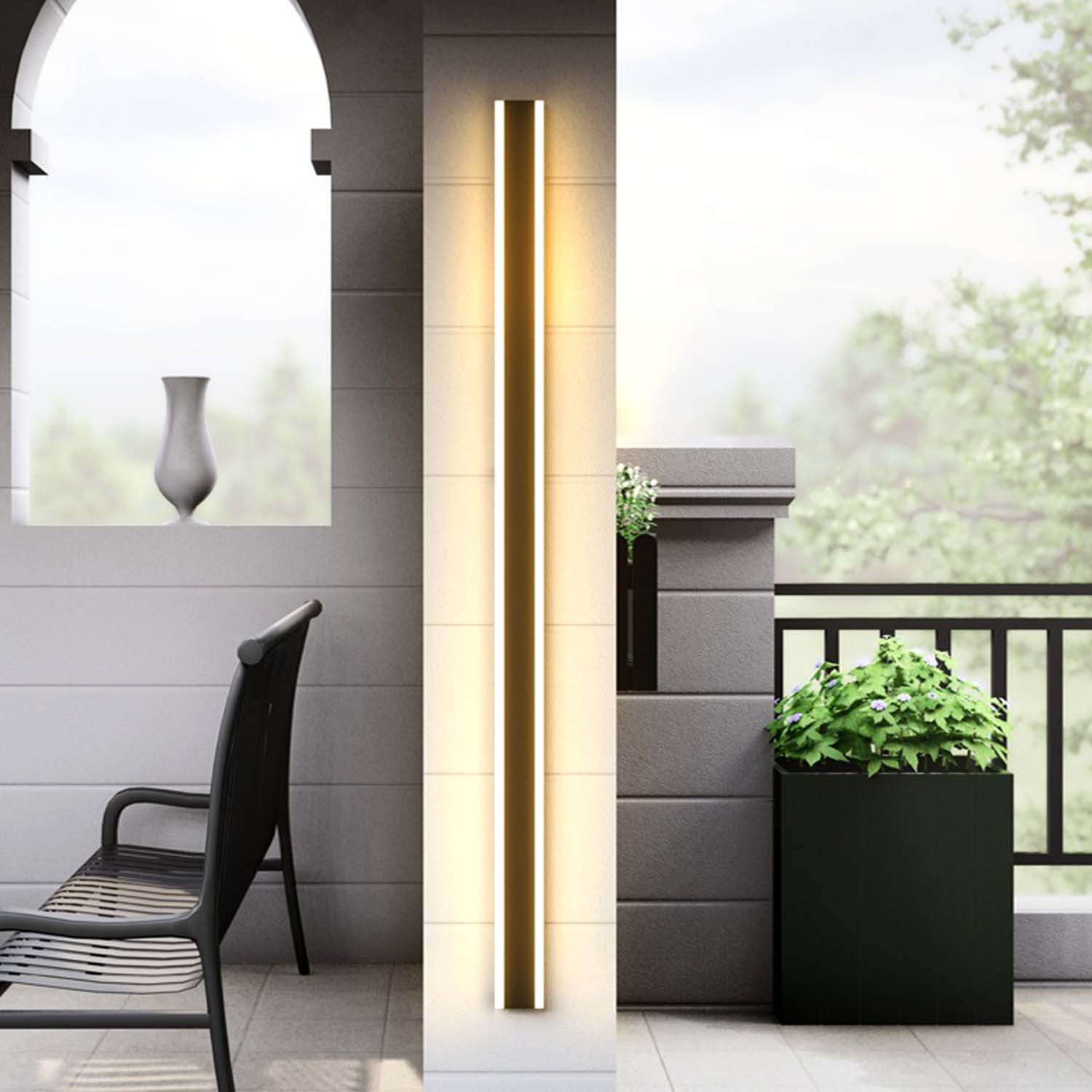Exploring the Longevity of LED Display Panels in Contrast to Conventional Display Methods
Exploring the Longevity of LED Display Panels in Contrast to Conventional Display Methods
Blog Article
Light-emitting diode panel panels have become increasingly favored in recent years, especially in environments like educational institutions, corporate spaces, and community spaces. These panels use light-emitting diodes (LEDs) to produce vivid and lively visuals. One of the most significant advantages of LED technology is its durability compared to conventional screen methods, such as cathode tube tubes (CRTs) and LCD display screens. Understanding the differences in duration and functionality between these options can help consumers make informed decisions about their screen requirements.
Traditional screen technologies, like CRTs, have been present for numerous years. They were frequently used in TVs and computer screens. However, CRTs have a shorter lifespan, generally lasting around 10,000 to 20,000 hours of use. This means that after a few of years, users may notice a deterioration in picture clarity, such as dimming or hue distortion. In comparison, LED panel screens can last significantly longer, frequently exceeding 50,000 hrs. This extended duration means that users can experience consistent performance without the requirement for frequent substitutions.
Another crucial aspect to consider is power conservation. LED wall screens utilize less power than conventional screens, which not only helps the ecosystem but also lowers electricity costs. For instance, while a CRT screen may use approximately 100 W of power, an LED panel can consume as little as 30 to 50 watts. This discrepancy in power consumption contributes to the total durability of LED technology, as reduced energy usage generates less thermal energy. Excess heat can damage electrical components, leading to a reduced duration for traditional displays.
In furthermore to their extended lifespan and energy conservation, LED panel panels also offer enhanced visual quality. They provide more vivid hues and better differentiation, making them perfect for various applications, from marketing to educational presentations. The innovation behind LED screens enables for click this site a wider viewing perspective, meaning that visuals remain clear and lively even when seen from the side. This is a significant advantage over conventional screens, which often suffer from color deformation and diminished brightness at wider angles.
In summary, the durability of LED wall panels in contrast to conventional display technologies is a crucial aspect for buyers to consider. With lifespans that can exceed 50,000 hrs, power conservation, and enhanced visual quality, LED innovation provides many benefits. As technology continues to advance, LED panel screens are probably to become even more prevalent in various settings. Grasping these distinctions can assist individuals and organizations make better choices when purchasing in screen innovation, guaranteeing they receive the best value for their needs.